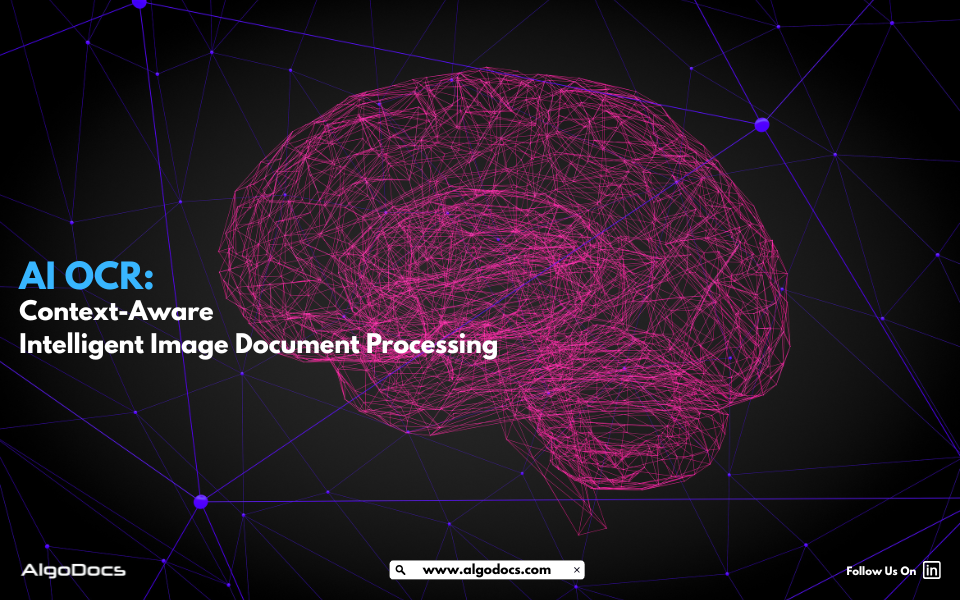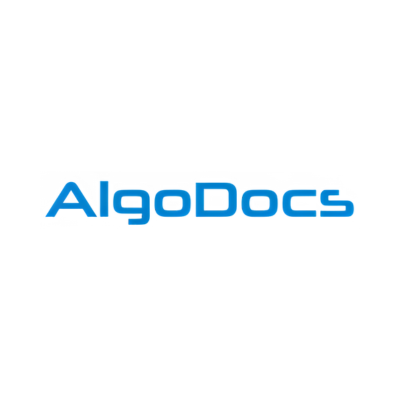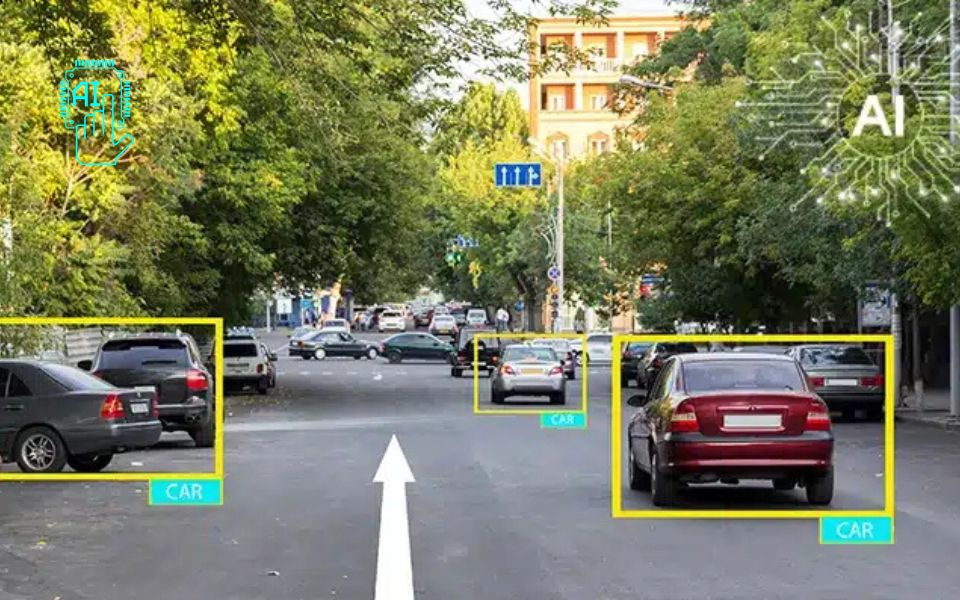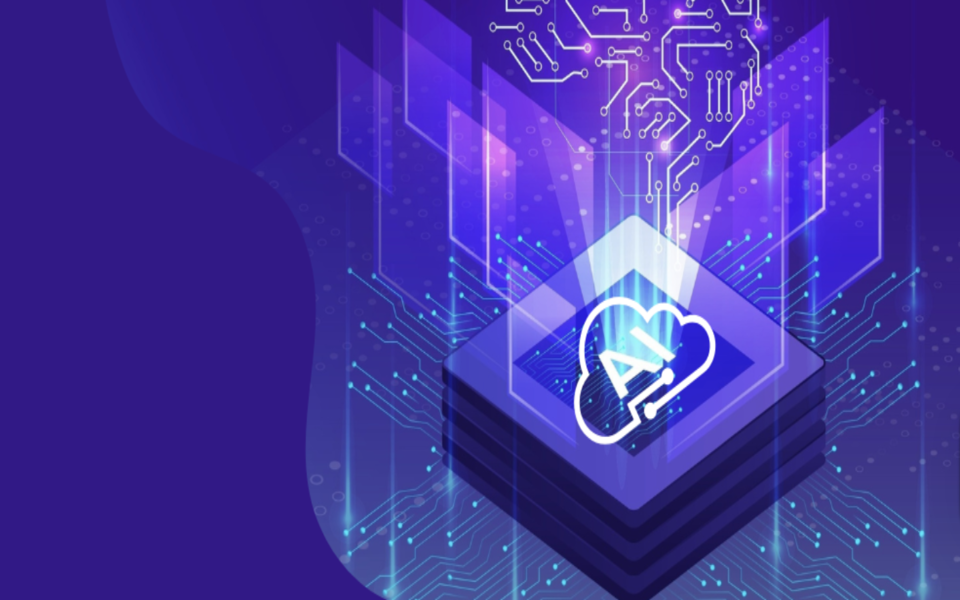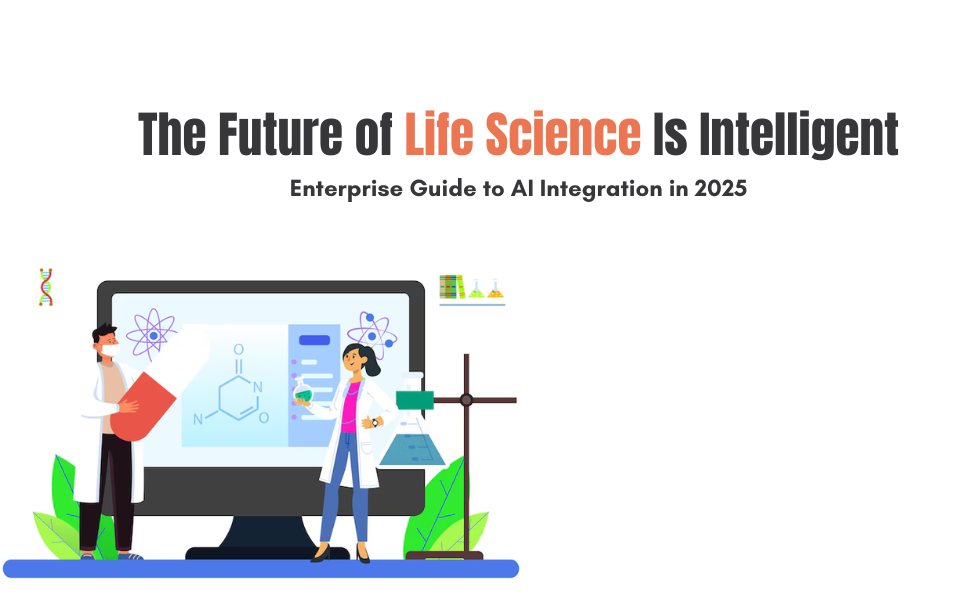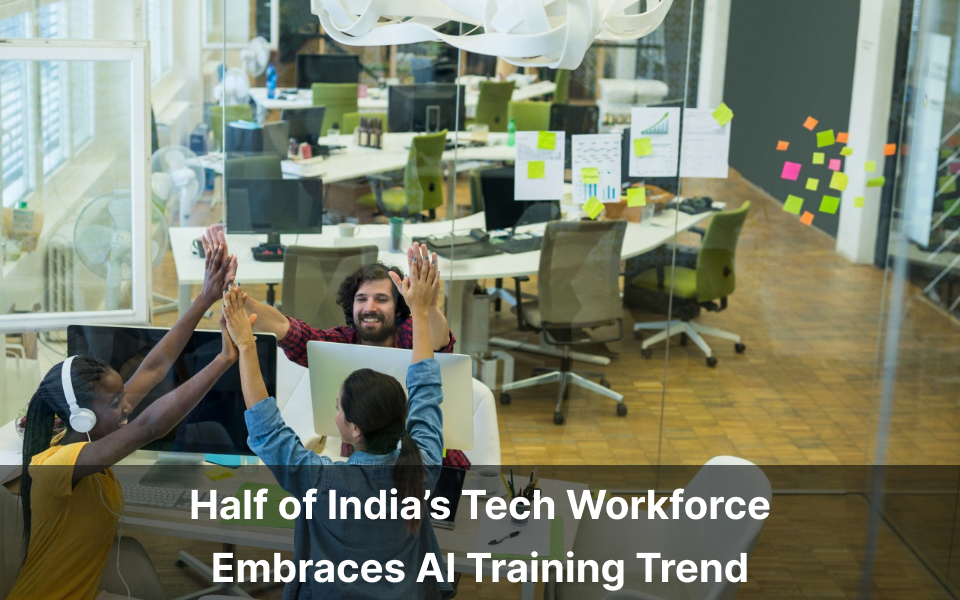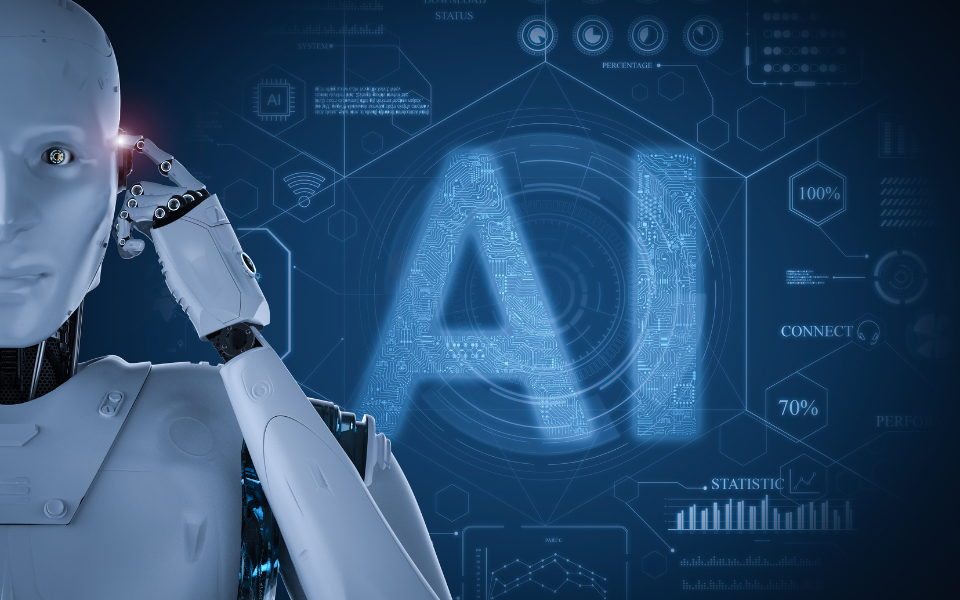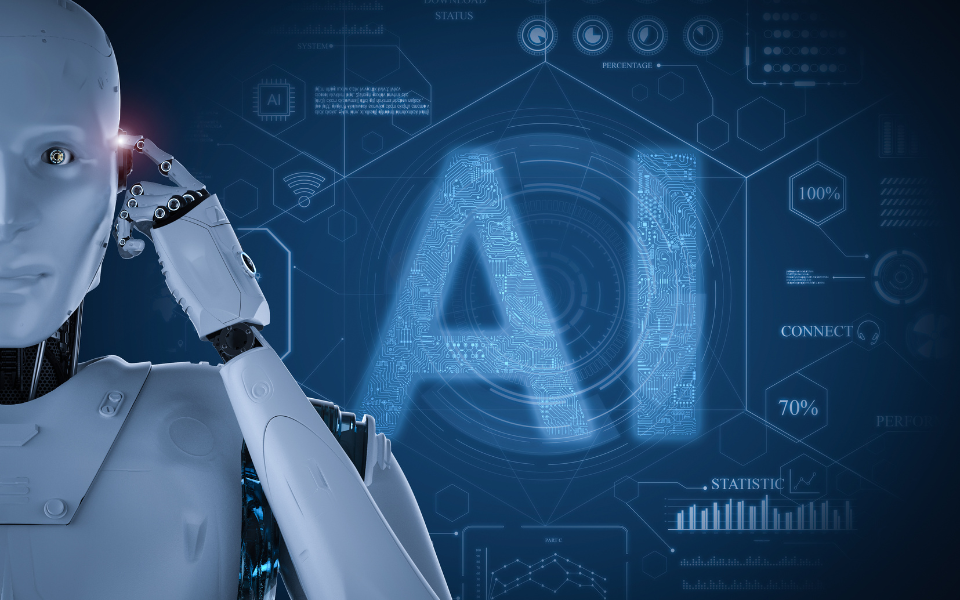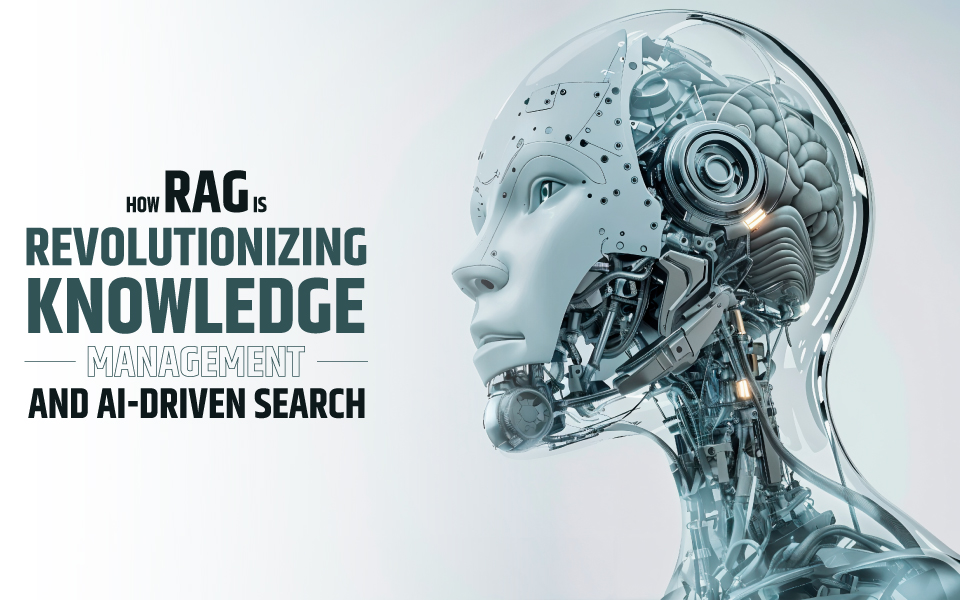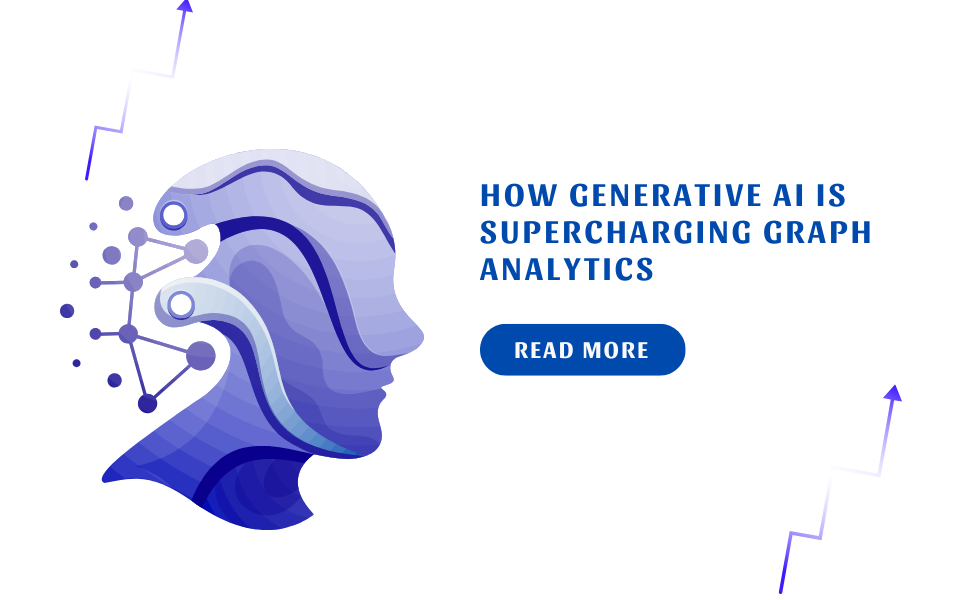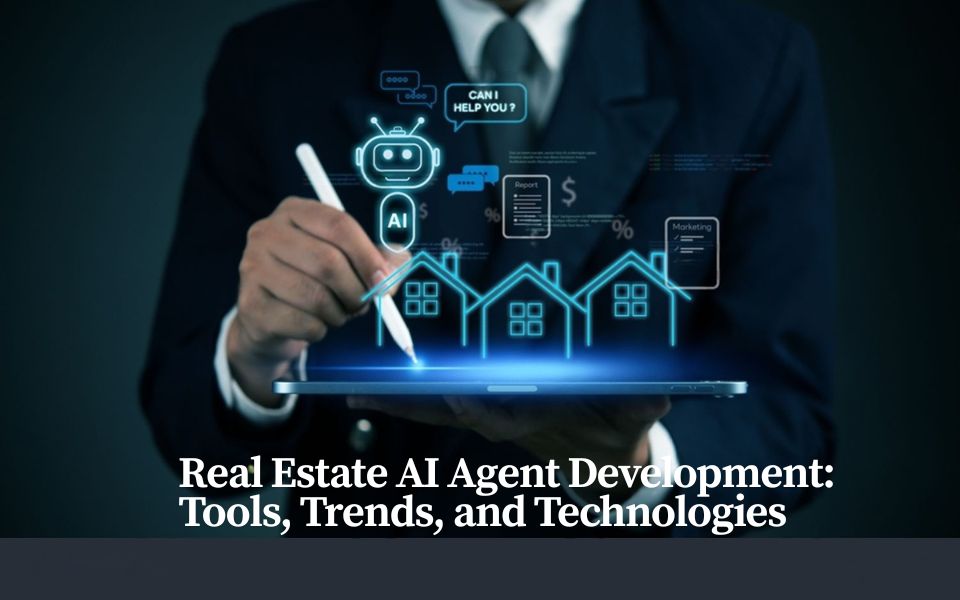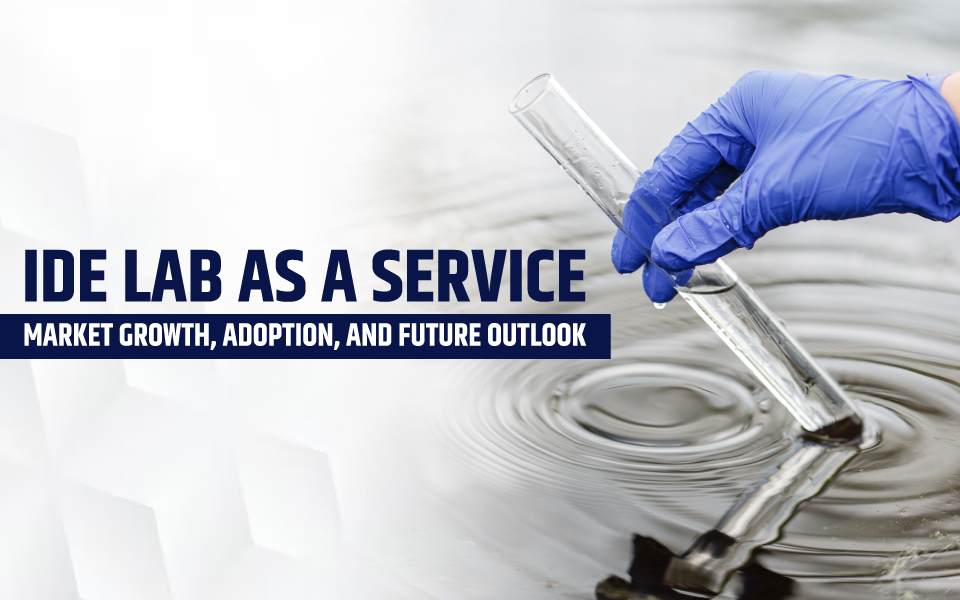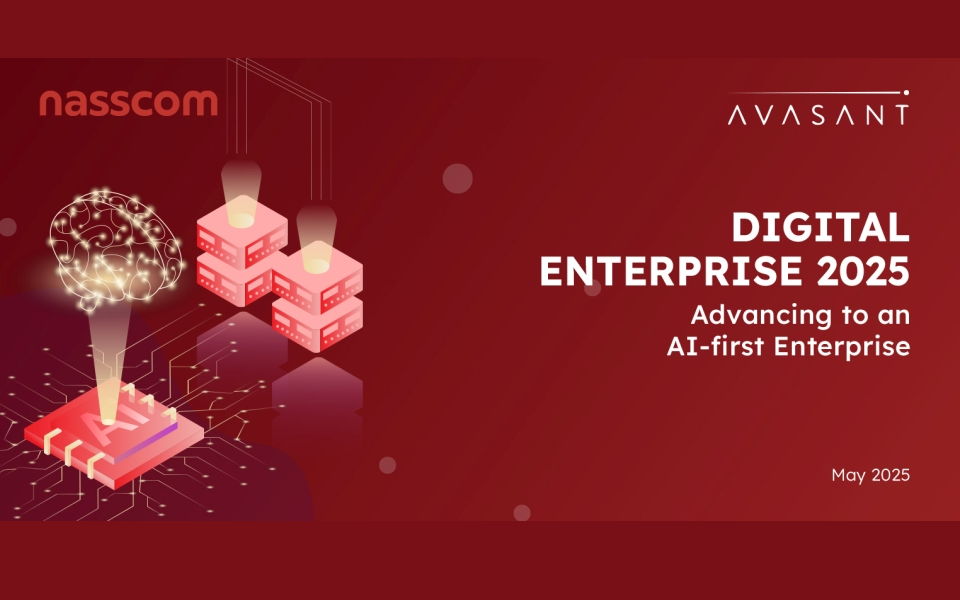Businesses have been using optical character recognition, or OCR, as the preferred technology for transforming handwritten or printed text into machine-readable data for many years. The OCR technology completely changed how we process data from invoices, historical records, and scanned image documents. But traditional OCR reached a limit as digital ecosystems grew more complex. It had trouble deciphering meaning or offering contextual information from the larger visual structure, which has become the standard for document processing. OCR was only able to recognize characters.
The field of intelligent image data extraction is growing in popularity today due to the rise of AI and ML technologies, and it gave birth to a new phenomenon known as intelligent document processing or IDP. This technology is able to comprehend, contextualize, and transform image data into actionable intelligence, which is a bigger requirement for modern business needs. IDP does more than just recognize characters. It signifies a paradigm shift in the way businesses use visual information, not just a technical advancement.
This blog will explore what self-aware image data extraction is, the technology behind it, its operation, its applications, and how it revolutionizes industries by providing more than just text. But first, we need to understand what OCR technology is and how it works.
What is OCR Technology and How It Works
Optical Character Recognition, or OCR, is a powerful technology that allows computers to detect and extract text from images, scanned paper documents, or any visual representation of text. It plays a critical role in converting physical documents into digital formats, enabling faster data access, processing, and storage.
A typical OCR process involves an image document, then pre-processing of the image by OCR software, character recognition and pattern recognition, and the final step is post-processing.
OCR works by analyzing the patterns of light and dark areas in an image to distinguish characters. It begins by scanning the image and identifying the structure of text, such as lines, words, and individual letters. Once these elements are isolated, the OCR software compares the shapes of the characters with a predefined database of fonts or uses artificial intelligence to interpret them accurately.
Traditional OCR's Drawbacks
With many great features, OCR has its drawbacks and limitations, which don’t get along with modern business requirements. This is where it fails in the data-driven world of today:
- Insufficient comprehension of context
Unlike modern image document processing technology such as IDP, OCR only functions at the word and character level. It is unable to determine whether a given number represents an identification code, price, or date. OCR also fails to recognize the layout of a form or tell a table from a paragraph.
- The rigidity of visual layouts
There are thousands of different types of scanned image documents available today, including ID cards, bank statements, invoices, and medical forms. When faced with intricate layouts, graphics, or handwritten input, OCR frequently fails to extract data from image documents.
- Insufficient Semantic Analysis
Modern image document processing tools like intelligent document processing can easily summarize the data which is extracted from a scanned image document. But with OCR, someone still has to interpret the text after OCR has extracted it. OCR says nothing in this situation, and semantic analysis is crucial.
- Ineffective Management of Poor Image Quality
One of the biggest challenges with OCR technology is that it cannot process low-quality scanned images well. Critical aspects such as low resolution, noisy, distorted, or blurry images frequently cause OCR engines to malfunction. But technology such as intelligent document processing with AI capabilities can process poor-quality images with great accuracy and faster speed.
Intelligent image data extraction: what is it?
Intelligent image data extraction refers to the process in which technologies such as AI and intelligent document processing are used to automate and summarize data extraction from image documents. When we talk about image document summary, we are talking about how extracted data from a scanned image can be filtered and organized, which can unlock potential key metrics from the image document without any human intervention in the end using AI and ML.
How does this work?
The foundation of intelligent image data extraction relies on two different technologies: intelligent document processing and artificial intelligence. IDP is the foundation for image data extraction, which helps with accurate data extraction and third-party automation. On the other hand, artificial intelligence gives it cognitive capabilities to understand and react to the command which is provided by the user. With the help of AI, the extracted image data can be understood by the intelligent image data extraction platform, and then the end data can be segmented based on the instruction of the users. While OCR fails to understand and analyze semantic value of the data, it only captures and extracts the data from the image document.
Here, IDP acts as the mind, and AI gives that mind the capabilities which are required for generating summary from image data.
Another technology which is involved is machine learning and natural language processing. These two empower the AI to analyze the emotions, context, meaning, and pattern of the content. We can say that AI, ML, and NLP are the driving force which helps with generating summary from the content.
Let's understand in deep How It Operates
- Initial preprocessing
Raw picture files undergo normalization and cleaning:
Rotated scans that have been deskewed
Auto-cropping, contrast enhancement, and background noise removal
This guarantees that the model receives data that is understandable and practical.
- Object detection and layout
The system maps: paragraphs, columns, tables, and form fields using computer vision and deep learning.
• Visual indicators, such as checkboxes and logos
This phase produces a "map" of the document, which is essential for contextual comprehension.
- Classification and Recognition of Text
OCR and deep learning come together here. With specially trained models, contemporary transformers such as Google's Tesseract can recognize text even in curved or noisy environments. NLP is utilized concurrently to:
• Categorize data types (such as product names, patient IDs, and invoice numbers)
• Tag metadata
• Identify sentiments or intents
- Understanding Semantics
This is the pivotal moment.
The system analyzes the extracted data in context using AI models like BERT, GPT, or specific business-trained language models. As an illustration:
• Is that number an amount or a date?
• Is there a grievance or criticism in that sentence?
• Is it a domestic or international address?
- Output structure and validation
Raw text is not what is produced. It is clear, organized, and useful data, frequently in database-ready, Excel, or JSON formats. Anomaly detection and rules aid in identifying inconsistent or nonsensical data for examination.
Practical Uses in a Variety of Industries
Let's examine the ways that intelligent image data extraction is transforming various industries.
- Healthcare
Challenge: Handwritten doctor's notes, scanned prescriptions, and various patient forms
The answer: Finding irregularities in lab reports; automating the processing of insurance claims; and extracting diagnoses, dosage information, and patient data from handwritten notes
Impact: Faster claims processing, less manual data entry, and more accurate patient records
- Logistics and Supply Chain
Issue: Bills of lading, packing lists, customs declarations, and shipping labels in inconsistent formats
The answer:
• Recognizing important fields such as shipping addresses, weights, tariffs, and container numbers
• Data cross-verification between documents to identify fraud
Impact: Real-time data flow into ERP systems, enhanced compliance, and increased delivery accuracy
- The Financial Services
Challenge: Handwritten financial applications, KYC documents, and checks
The following is the solution:
• Intelligent customer data extraction
• Employment type and income bracket classification
• Automatic redaction of sensitive PII for compliance
Impact: Shorter processing times, enhanced fraud prevention, and quicker onboarding
- The challenge of retail and e-commerce
Invoices, receipts, SKU lists, and screenshots of customer reviews
The answer:
• Extracting pricing and product-level data
• Interpreting handwritten return notes or screenshots of customer service to determine sentiment
Impact: More effective refund procedures, better inventory tracking, and enhanced customer insight
- The Government and Legal Challenge
Scanned case files, citizen records, and historical documents
The answer: Translation of old scripts or regional dialects; context-sensitive legal clause extraction; and case metadata organization for digital repositories
Impact: Better governance transparency, speedier legal searches, and historical preservation
The Development of Contextual Intelligence
Let's examine in more detail why contextual understanding is so important:
- Similar Words, Differing Interpretations
"Covered" may refer to insurance coverage in an insurance document. A "covered patio" could be mentioned in a real estate document. The word is interpreted by intelligent systems using the surrounding language and structure.
- Comprehending Layout Structures
A document's layout can communicate relationships and hierarchy. A header is more important than a footer. Narrative sections can be summarized in tables. This hierarchy is preserved by intelligent extraction systems.
- Mapping the Relationships
Page 1's customer ID may correspond to a page 3 complaint. Semantic linkage enables AI systems to make these connections. OCR can't.
Connecting to Contemporary Workflows
Systems for extracting image data nowadays are designed to work in unison with corporate processes.
First-Application Design
They provide SDK integrations, GraphQL, or REST APIs that make it simple to integrate with enterprise systems such as CRMs (Salesforce, HubSpot) and ERPs (SAP, Oracle).
Personalized dashboards
Options for the Cloud and On-Prem
Organizations can decide between on-premises for privacy compliance or cloud deployment for scale, depending on how sensitive their data is.
HITL, or human-in-the-loop
When confidence scores are low, humans step in, but the system handles the majority of the work. This makes feedback loops and ongoing learning possible.
Feedback-Based Auto-Learning
Systems that use reinforcement learning improve over time by adjusting to new noise types, languages, and document formats.
ROI Measurement: The Real Worth of Intelligence
Intelligent image data extraction is more than just OCR replacement. The goal is to increase business value, accuracy, and efficiency. Let's examine some observable advantages:
- Time Reduction
Hours-long tasks, like manually entering invoice details, now only take seconds.
- Gains in Accuracy
Numerous industry studies show that error rates are reduced by more than 85% when using context-aware models instead of traditional OCR.
- Savings
Operational costs are decreased by lower labor costs, fewer mistakes, less manual verification, and fewer customer complaints.
- Security and Conformance
With little manual intervention, data validation, audit trails, and automatic redaction help maintain legal and regulatory compliance.
- More Effective Decision-Making
Decisions can be made more quickly and intelligently thanks to the accuracy and contextualization of the data, which can be fed into BI tools and predictive models.
Considerations for Ethics and Privacy
Ethics and privacy are still crucial, just like with any AI technology.
• Data privacy: Strict access controls and encrypted pipelines must be used when processing sensitive documents, such as medical or legal records.
• Bias and Fairness: When models are trained on biased datasets, they might misread or omit handwriting or language patterns that are marginalized.
• Explainability: For legal, compliance, and trust reasons, businesses must be able to see why a particular extraction decision was made.
Innovation and accountability must be balanced.
Prospects for the Future
Developments in multimodal AI, where language and vision models collaborate, are directly related to the future of intelligent image data extraction.
New Trends:
• Multilingual Extraction: Improved cross-language understanding and support for regional languages
• Voice and Image Fusion: Contextualizing voice notes attached to forms or images
• Real-Time Mobile Processing: Smartphones that extract and interpret data while on the go
• Autonomous Agents: Systems that can perform an end-to-end process, such as receiving a document, verifying it, extracting the data, sending a report, and taking corrective action without assistance from a human
Understanding intent, not just reading text, is the goal of the next wave of automation.
Final Thoughts: From Recognition to Understanding
Despite being a groundbreaking tool in the 20th century, OCR is no longer sufficient. Data is more complex, messy, and richer today. Intelligent image data extraction excels in that situation.
Understanding what pixels mean, how they relate to one another, and the decisions they influence is more important than simply identifying them.
Those who can both collect and comprehend data will be the winners in the new digital economy. By giving businesses access to real-time insights from visual data, intelligent image data extraction provides a doorway to this kind of understanding.




